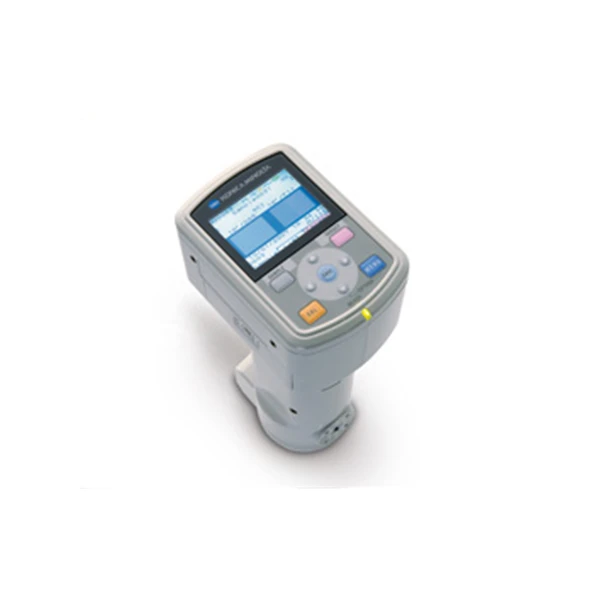Matching Color for Ceramic Restoration

There are some impressive technologies today that can accomplish remarkable things. One of those amazing advancements is the ability to determine the color of an object using a hand-held device called a spectrophotometer. The way the spectrophotometer works is simply to send light waves at the object and read the wavelengths as the light is reflected back. This creates a color formula that can be used to match the color perfectly. This technique is useful in all kinds of fields, from construction to commercial painting to ceramic dental restorations.
Dental Ceramics
Many dentists frequently make use of an all-ceramic material in dental restorations like crowns, inlays, onlays, and veneers. The material is in demand among both patients and dentists because it successfully combines both function and aesthetics in a way few other materials do. Dentists appreciate them because of other technical reasons, including properties like low thermal conductivity, bio-compatibility, wear resistance, and more. Still, there are some issues with all-ceramic materials, and that’s where matching colors comes in.
The Factor of Color
Of the various indicators for evaluating all-ceramic dental materials, color is one of the most important. The fact is, color shows features of the material, including porcelain thickness, adhesiveness, and more. A new kind of lithium disilicate material known as IPS e.max is now a commonly used ceramic material that eliminates weaknesses and shortcomings of other kinds of ceramic materials. For example, others used to be brittle and prone to cracking, but IPS e.max has a much high flexural strength that resists that kind of damage. As IPS e.max is the most common ceramic used in dental restoration, a spectrophotometer can be used to assess the color quality of dental restoration, because the spectrophotometer can easily be used to analyze the color translucency of IPSe.max.
The Spectrophotometer
Dentists often find out about the thickness of the core of a dental restoration using a CM-700d spectrophotometer. Generally, the thickness has a significant effect on both the color and translucency of an all-ceramic restoration. Measuring is a simple matter of pointing it at the restoration and ensuring that quality is consistent. At the same time, color matching is important for aesthetic reasons, because patients don’t typically want to have separate teeth in different shades. It all comes down to the capability of the spectrophotometer to identify and reproduce colors to a remarkably exact degree. The field of dentistry has clearly been enhanced by the availability of spectrophotometers and color matching. With the opportunity to have highly strong and translucent all-ceramic dental restorations, both patients and dentists have come to appreciate what’s possible, and a great deal of what’s possible is now due to CM-700d spectrophotometers and color matching.
If you’d like to know about Konica Minolta’s CM-700d spectrophotometer or any of our other products, feel free to call us at +65 6895 8685, or you can contact us through our website.
About the Author: Alan Chua
Alan Chua is the Assistant Manager of Konica Minolta Sensing Singapore Pte Ltd. Graduated from an electrical engineering background, he is mainly involved in sales, seminar, training and coaching in the field of light and color management. In his 18 years of experience in managing and providing solutions to the many industrial applications, he has also conducted color seminars and workshops to educate the industry on instrumentation technologies and color science. He was also invited as speaker for The Academy of Fashion Professions (TaF.tc) seminar which is the training arm of Textile & Fashion Federation (TaF.f). He was also the speaker for the Color Cosmetics Conference.


